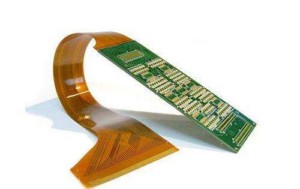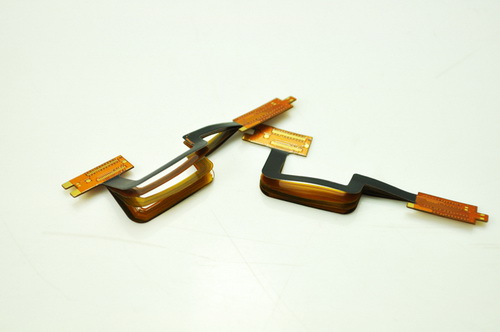What is advanced circuits flex pcb?
Advanced circuits flex PCBs are printed circuit boards that are designed to be flexible and bendable.
They are made using a special type of substrate material that allows them to bend and twist without breaking.
These PCBs are commonly used in applications where space is limited and flexibility is required, such as in wearable technology, medical devices, and aerospace applications.
Advanced circuits flex PCBs are typically made using a combination of copper traces and polyimide or polyester films.
The copper traces are etched onto the film using a chemical process, and the film is then laminated onto a flexible substrate.
This process allows the PCB to be flexible while still maintaining its electrical properties.
One of the main advantages of advanced circuits flex PCBs is their ability to reduce the size and weight of electronic devices.
They can be designed to fit into tight spaces and can be bent or folded to conform to the shape of the device.
This makes them ideal for use in applications where traditional rigid PCBs would be too bulky or inflexible.
Another advantage of advanced circuits flex PCBs is their reliability. Because they are designed to be flexible,
they can withstand vibrations and shocks that would cause traditional rigid PCBs to fail.
This makes them ideal for use in harsh environments, such as in aerospace or military applications.
Overall, advanced circuits flex PCBs offer a number of advantages over traditional rigid PCBs.
They are flexible, lightweight, and reliable, making them ideal for use in a wide range of applications.

where is the advanced circuits flex pcb used?
Advanced Circuits Flex PCB is used in a variety of applications including medical devices,
aerospace and defense systems, automotive electronics, consumer electronics, and industrial control systems.
They are also used in wearable technology, IoT devices, and other applications where flexibility and durability are important.

all flex pcb
All flex PCBs are a type of printed circuit board that is flexible and can be bent or folded to fit into tight spaces or conform to curved surfaces.
They are made of a thin, flexible substrate material such as polyimide or polyester, and have conductive traces and components mounted on them.
Flex PCBs are used in a wide range of applications, including medical devices, aerospace and defense systems, automotive electronics, consumer electronics, and industrial control systems.
They are also used in wearable technology, IoT devices, and other applications where flexibility and durability are important.

the role of all flex pcb
The role of all flex PCBs is to provide a flexible and reliable platform for electronic components and circuits.
They offer several advantages over traditional rigid PCBs, including:
1. Space-saving:
Flex PCBs can be designed to fit into tight spaces and conform to irregular shapes,
allowing for more compact and efficient electronic devices.
2. Durability:
Flex PCBs are more resistant to vibration, shock, and temperature changes than rigid PCBs,
making them ideal for use in harsh environments.
3. Reliability:
Flex PCBs have fewer interconnects and solder joints than rigid PCBs,
reducing the risk of failure due to mechanical stress or thermal expansion.
4. Cost-effective:
Flex PCBs can be mass-produced using automated processes,
reducing manufacturing costs and improving production efficiency.
5. Design flexibility:
Flex PCBs can be designed to fit specific form factors and requirements,
allowing for greater design flexibility and customization.
Overall, the role of all flex PCBs is to provide a flexible, reliable, and cost-effective platform for electronic circuits and components,
enabling the development of innovative and advanced electronic devices.
Other PCB products, you may interesting









